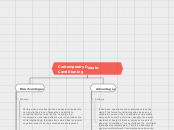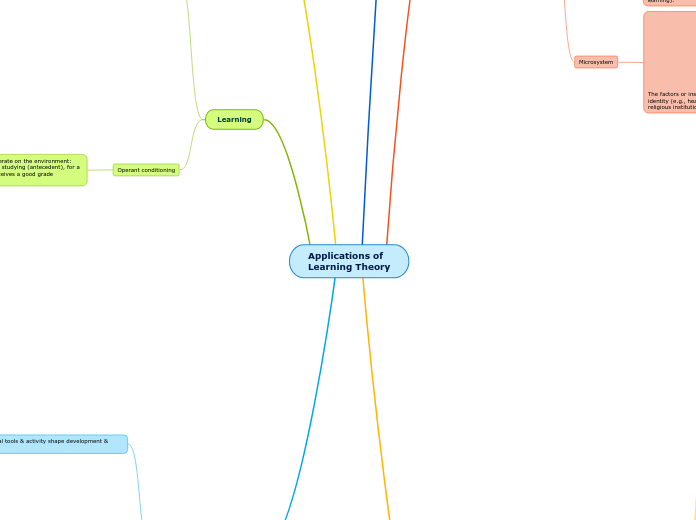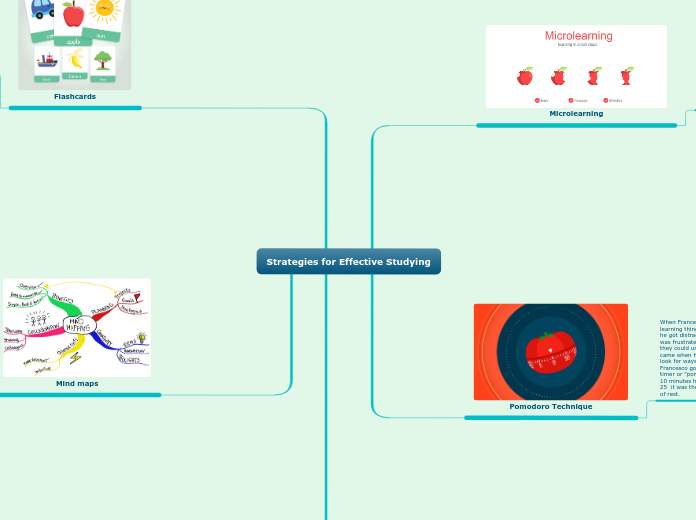Conditioning
Operant Conditioning
Consequences are the responses to a given behaviour. The nature of these actions will affect the likelihood of that behaviour occurring again in the future.
Punishment
This form of consequence decrease the probability of an action recurring in the future.
Negative Punishment
This form of punishment removes something desirable after an observed behaviour. This in turn, decreases probability of the action being repeated.
Positive Punishment
This form of punishment adds something undesirable in response to an observed behaviour. This causes a decrease in the recurrence of that behaviour.
This form of consequence increases the probability that a behaviour will be repeated again.
Schedules of Reinforcement
These are the different times that determine when a reward is given.
Reward is given after a varied amount of time passes.
Fixed Interval
Reward is given after a set amount of time. Not as effective since the subject can learn to expect the reward whether the desired behaviour is carried out or not.
Variable Ratio
Rewards are given after a number of responses but are unpredictable. Effective since it encourages the behaviour to occur with the expectation that eventually they will get something desirable.
Fixed Ratio
This is given after a pre-determined number of responses.
Classes of Reinforcers
These are different forms of something desirable that can be added after a behaviour to make it likely to occur again.
Tangible
Tangible reinforcement is a larger goal that may not be immediate. An example would be getting to receive a car after working hard at a job for a given period of time.
Edible
Edible reinforcement adds some type of food only given after the wanted behaviour is displayed.
Activity
This form allows the subject to do a desired activity such as being able to play outside after homework or getting to take a nap after studying.
Social
This form is verbal reinforcement such as words of encouragement or social acknowledgement.
Negative Reinforcement
Form of reinforcement that takes away something undesirable after a particular action. Removal makes the action likely to be repeated.
Positive Reinforcement
Form of reinforcement where something desired is added after observing a given behaviour. Increases the probability of recurrance.
Observational Learning
This form of learning happens by watching and mimicking the behaviour of others around them.
4 Requirements
These are all required in order for observational learning to occur properly.
Reinforcement
Reinforcing and repeating the behaviour helps the observer to get a further grasp on what they are trying to learn.
Motor Reproduction
The learner must be able to reproduce the action and practice it until it's replicated the same way it was observed.
Retention
The one learning must be able to understand what they are observing and be able to retain that information.
Attention
The one that the learner is observing must be captivating enough to hold their attention long enough for them to observe.
Classical Conditioning
A connection is made between some autonomic response to a certain stimuli.
4 Stages
In classical conditioning, different stages occur when learning a response. An example would be a baby that gets tickled after a certain song is played so it starts to laugh when hearing the song.
Discrimination
This is when a response is generated only to a certain stimuli. Would be if the baby only laughed when the one song was played instead of all songs.
Generalization
Occurs if the conditioned response occurs in response to any stimuli similar to the original one. This would be like if the baby started to associate any song with tickling instead of just the song used to condition it.
Extinction
This occurs if the stimulus is presented a large number of times without the unconditioned stimulus. Would be like if the baby was no longer tickled after the song played it would stop laughing at the sound of the song.
Acquisition
This is what first occurs when learning a conditioned response. In the above example this would be the baby starting to laugh at the sound of the song.
Types of Response
Conditioned Response
A response that is conditioned to occur through conditioning. Occurs in association with the conditioned stimulus.
Unconditioned Response
A response that doesn't not need to be taught or learned. Occurs as a natural reaction to the unconditioned stimuli.
Types of Stimulus
Different forms of stimuli can be used.
Neural Stimulus
Any stimuli that does not cause a response either before or after conditioning.
Conditioned Stimulus
A stimuli that before conditioning elicited no response, now gives a reaction.
Unconditioned Stimuli
Any stimuli that elicits a response without any conditioning.









